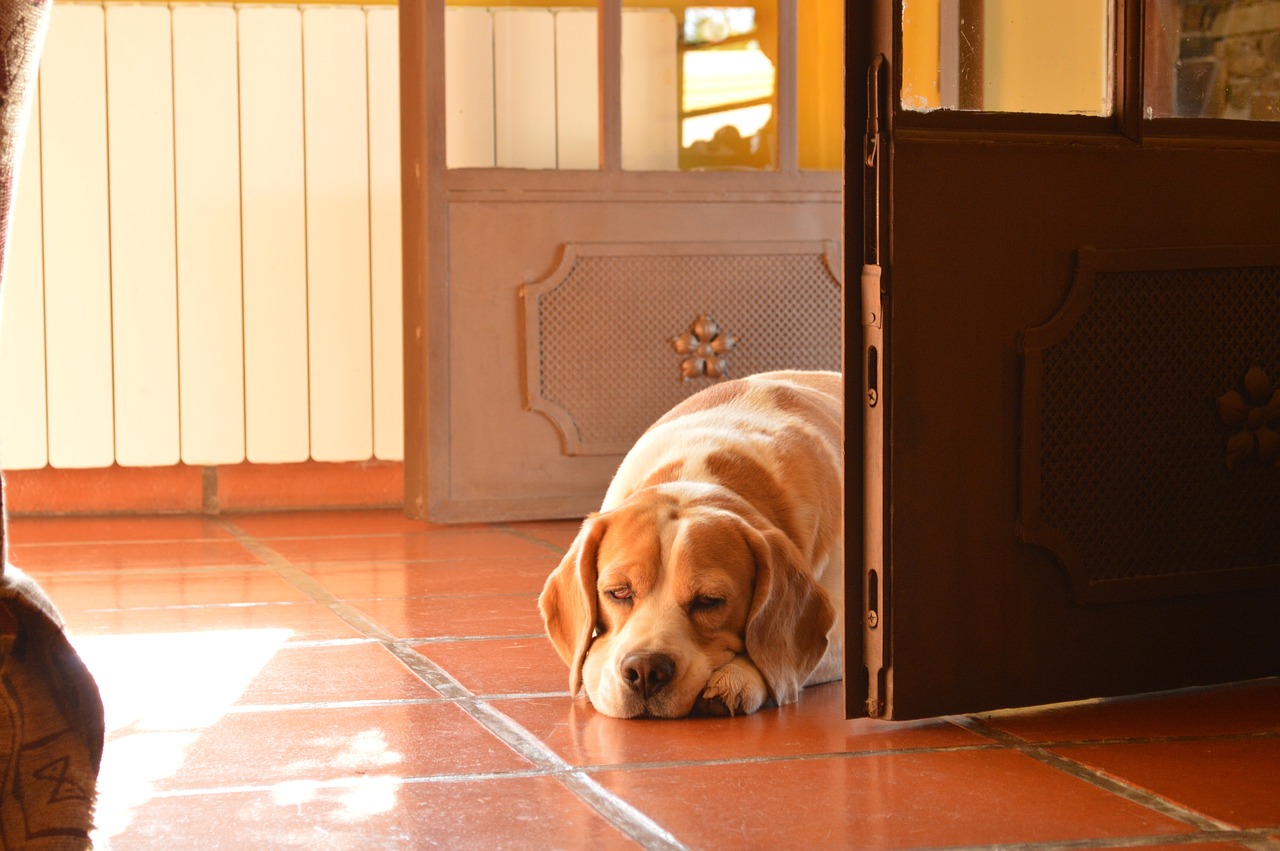Welcoming a pet into your life brings joy and companionship, but it also introduces the possibility of separation anxiety. Dogs and cats, in particular, can experience distress when left alone, leading to various behavioral issues and affecting their overall well-being. In this comprehensive guide, we will delve into the depths of separation anxiety in pets, exploring its effects, coping mechanisms, and preventive strategies to ensure optimal pet care and health.
Understanding Separation Anxiety
What is Separation Anxiety?
- Separation anxiety is a psychological condition where pets become distressed and anxious when separated from their owners. It is more common in dogs but can affect cats and other pets as well.
Effects of Separation Anxiety:
- Behavioral Changes: Pets may exhibit destructive behavior, excessive vocalization, and house soiling.
- Physical Symptoms: Increased heart rate, excessive salivation, and gastrointestinal issues can manifest in anxious pets.
- Psychological Distress: Anxiety can lead to depression, decreased appetite, and a decline in overall well-being.
Identifying Signs of Separation Anxiety:
- Destructive Behavior: Scratching, chewing furniture, or other destructive activities.
- Excessive Vocalization: Persistent barking, howling, or meowing when alone.
- House Soiling: Inappropriate elimination, especially in house-trained pets.
- Following Behavior: Pets may exhibit clingy behavior when they sense impending separation.
Causes of Separation Anxiety
Attachment and Bonding:
- Strong Bond with Owners: Pets that form a close bond with their owners may experience anxiety when separated.
- Changes in Routine: Sudden changes in daily routines can trigger anxiety in pets.
Previous Trauma:
- Rescue Pets: Animals with a history of abandonment or trauma may be more prone to separation anxiety.
- Prolonged Absences: Pets left alone for extended periods may develop anxiety over time.
Environmental Factors:
- Change in Environment: Moving to a new home or changes in living conditions can contribute to anxiety.
- Lack of Stimulation: Boredom and lack of mental stimulation can exacerbate separation anxiety.
Dealing with Separation Anxiety
Gradual Desensitization:
- Practice Short Absences: Gradually increase the time spent away, starting with short intervals.
- Create a Leaving Routine: Establish a consistent routine before leaving to signal departure without causing anxiety.
Create a Safe Environment:
- Comfortable Space: Provide a designated area with familiar toys and bedding.
- Interactive Toys: Toys that dispense treats or engage the pet mentally can distract and alleviate anxiety.
Establish Predictable Routines:
- Consistent Schedule: Stick to a consistent daily routine for feeding, playtime, and walks.
- Scheduled Departures: Make departures low-key and predictable to minimize stress.
Utilize Calming Products:
- Comforting Scents: Consider using pheromone diffusers or sprays to create a calming environment.
- Music or White Noise: Background noise can help soothe pets during periods of separation.
Professional Training:
- Behavioral Training: Consult with a professional trainer or behaviorist to address anxiety through positive reinforcement techniques.
- Desensitization Exercises: Gradually expose pets to triggers associated with departure to reduce anxiety.
Preventing Separation Anxiety
Early Socialization:
- Expose Pets to Different Environments: Early exposure to various settings and people can build confidence.
- Positive Experiences: Ensure positive interactions during socialization to create a well-adjusted pet.
Independence Training:
- Alone Time Encouragement: Encourage short periods of alone time from an early age.
- Crate Training: Introduce crate training as a positive space for pets to retreat when needed.
Regular Exercise:
- Physical Activity: Regular exercise helps expend energy and reduces anxiety.
- Mental Stimulation: Engage pets in activities that provide mental stimulation, such as puzzle toys or training sessions.
Quality Pet Care:
- Regular Vet Check-ups: Ensure pets are in good health through regular veterinary visits.
- Balanced Nutrition: Provide a balanced and nutritious diet to support overall well-being.
Gradual Changes:
- Introduce Changes Gradually: Whether it’s a new environment or routine, introduce changes gradually to minimize stress.
- Foster Independence: Encourage independence through positive reinforcement for solo activities.
Separation anxiety is a common challenge for pet owners, but with understanding, patience, and proactive measures, it can be managed effectively. Recognizing the signs of separation anxiety, understanding its causes, and implementing coping strategies are essential components of responsible pet care. By addressing separation anxiety, pet owners not only improve their pets’ overall well-being but also strengthen the bond between themselves and their furry companions.
Investing time in preventive measures, such as early socialization, independence training, and regular exercise, lays the foundation for a resilient and well-adjusted pet. Whether dealing with an existing case of separation anxiety or working to prevent it, the key lies in consistent, positive, and compassionate approaches that prioritize the mental and emotional health of our beloved pets.

